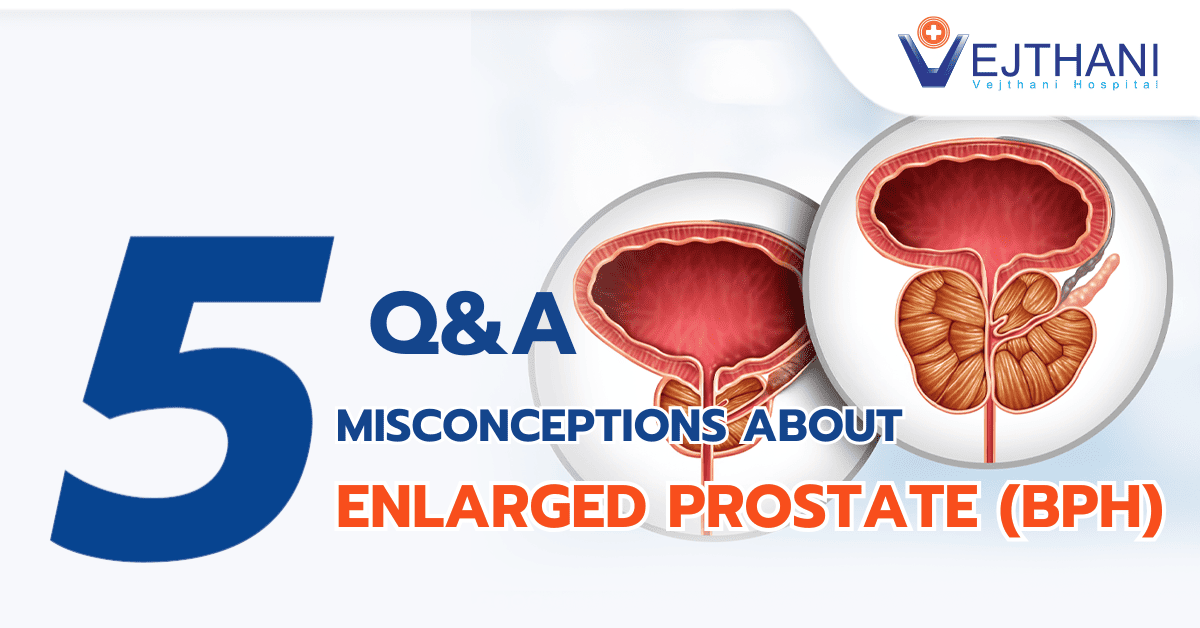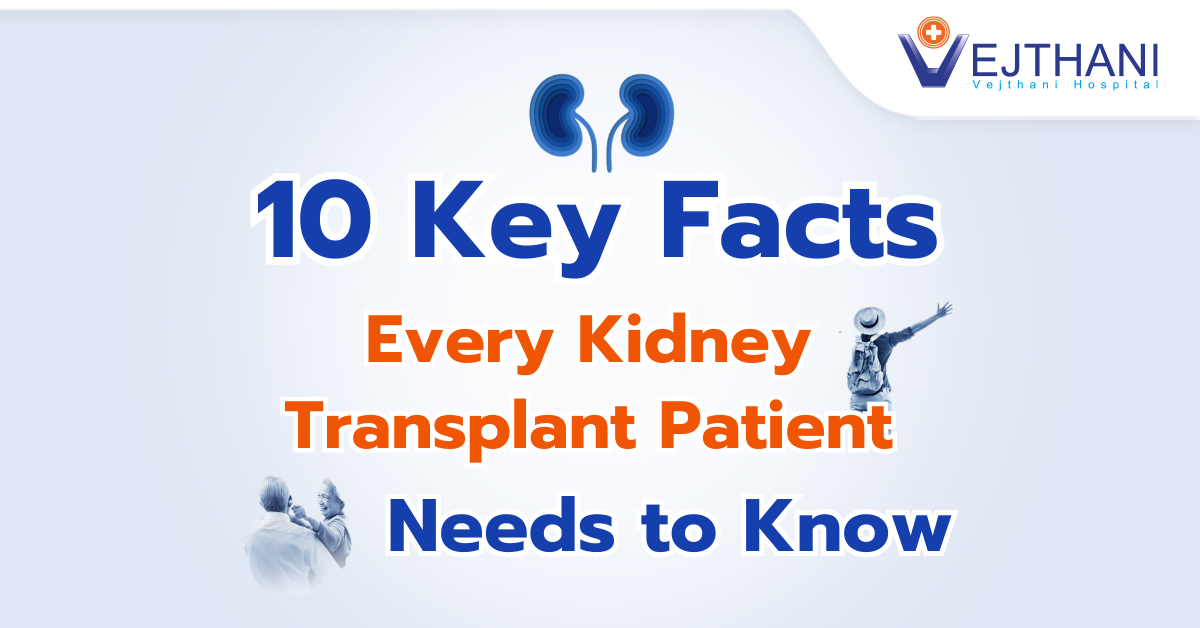
Functional endoscopic sinus surgery (FESS)
Overview
Functional endoscopic sinus surgery (FESS), also referred to as endoscopic sinus surgery, is a minimally invasive surgical technique used to treat severe sinus conditions. Instead of making incisions in or around the nose, healthcare providers employ nasal endoscopes—small tubes equipped with lights and lenses—to address sinus issues. Studies indicate that 80–90% of patients undergoing this procedure report resolution of their sinus problems.
Reasons for undergoing the procedure
If you have a chronic sinus infection or chronic sinus inflammation that doesn’t get better with traditional treatments like antibiotics and allergy medications, your healthcare provider may recommend FESS.
When the tissue lining your sinuses swells, it traps mucus that normally passes through your sinuses and out of your nose, resulting in sinusitis. Infectious microorganisms can multiply in the trapped fluid. In addition, if you have nasal polyps, your healthcare provider might suggest surgery.
Risks
Every surgery has some risk. FESS generally has a low number of problems. Potential complications will be discussed with you by your healthcare provider, but some you may experience the following:
- There are individuals who claim to have lost some or all of their ability to smell.
- FESS or sinus inflammation can lead to increased tearing of the eyes.
- Although heavy bleeding is rare with FESS, there is a potential for increased bleeding. If this occurs, your healthcare provider may use nasal packing and recommend hospitalization for monitoring.
- Leaking cerebral spinal fluid (CSF) is a rare complication that affects the fluid surrounding the brain, potentially leading to meningitis or brain inflammation.
- Following surgery, some patients have reported having double vision or losing eyesight in one eye.
Before the procedure
Your healthcare provider will perform a physical examination as well as a review of your medical history. They may conduct the following tests:
- Nasal endoscopy: Using an endoscope, your healthcare provider looks for indications of infection or inflammation in your sinuses and nasal passages.
- Computed tomography (CT) scan: Your healthcare provider can identify the affected sinus parts with the help of this test.
You will receive instructions from your healthcare provider prior to your procedure. Although each person’s circumstances are unique, the majority of healthcare providers advise the following:
- Give up smoking three weeks or more before your procedure. Smoking could worsen sinus symptoms. Seek guidance or resources to assist with this from your healthcare provider.
- For at least ten days before to your procedure, avoid taking aspirin. Aspirin, even in trace amounts, may worsen bleeding during and after surgery.
- The day before your surgery, if you will be under general anesthesia, avoid eating or drinking anything after midnight. Just prior to your procedure, your healthcare provider will give you general anesthetic.
During the procedure
FESS is the primary surgical method for addressing severe sinus problems. Healthcare providers are always improving their methods. This is an overview of the procedure:
- Your healthcare provider administers decongestant medication into your nose.
- A follow-up nasal endoscopy is performed.
- They administer a numbing solution by injection into your nose.
- They gently enter your nose with the endoscope. In order to utilize the endoscope to remove bone, diseased tissue, or polyps that might be obstructing your sinuses, they insert surgical instruments alongside the endoscopy.
- To remove tissue, they could also use a small rotating burr.
- Lastly, your healthcare provider may place nasal packing to absorb any blood or discharge.
Most functional endoscopic procedures take around two hours to complete.
After the procedure
In order to keep an eye on your condition, you will spend some time in a recovery room. Following surgery, you won’t be allowed to drive, so you’ll need a driver to take you home and stay with you the first night. Following surgery, your healthcare provider will explain what to expect. Here is some additional information:
- Don’t blow your nose for a minimum of seven days. Sneeze into your sleeve or into a tissue, or keep your mouth open if you must.
- You may expel bloody discharge or mucus when you sneeze. This can persist for several weeks as your sinuses heal.
- For the next ten days, refrain from engaging in any strenuous activities.
- Your healthcare provider could advise you to use saline to flush your sinuses and nose.
Outcome
After undergoing functional endoscopic sinus surgery (FESS), it may take few months to fully recover. Typically, people can return to work or school within about a week, and resume their regular routines within two weeks.
FESS is the most common procedure for treating sinus problems. Studies show that 80–90% of patients with chronic sinusitis who undergo FESS feel that their condition has been effectively addressed by the procedure. However, individual experiences may vary. While FESS may not completely cure persistent sinus issues, it can significantly reduce symptoms and the frequency of flare-ups.
Following post-surgery care instructions diligently is crucial for optimal healing and to minimize the risk of recurrent sinus problems. It’s important to attend follow-up appointments with healthcare providers a few weeks after surgery for examination and nasal care. Additional follow-ups may be necessary depending on individual circumstances.
Contact Information
service@vejthani.com






















